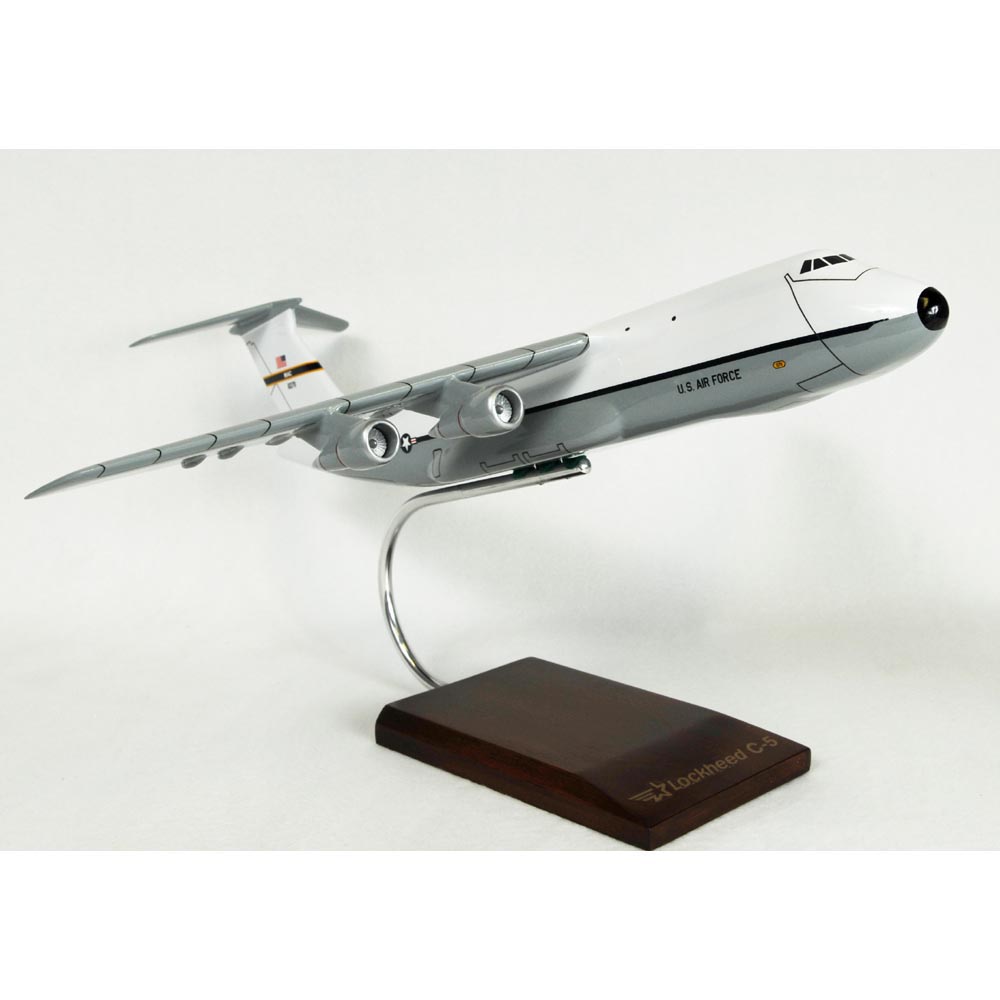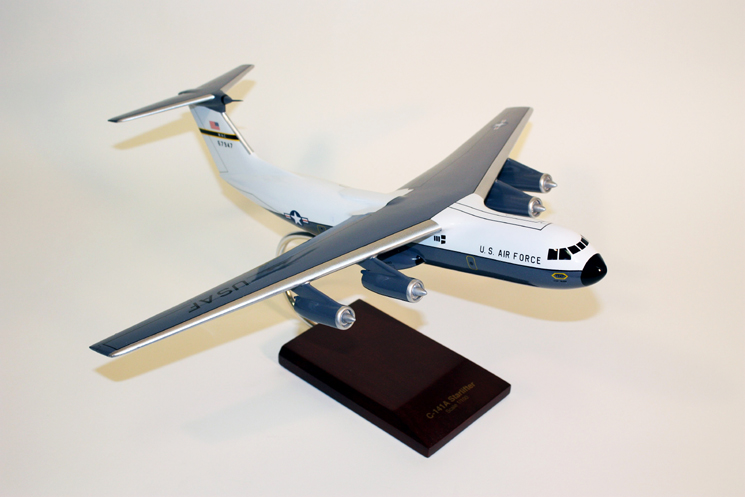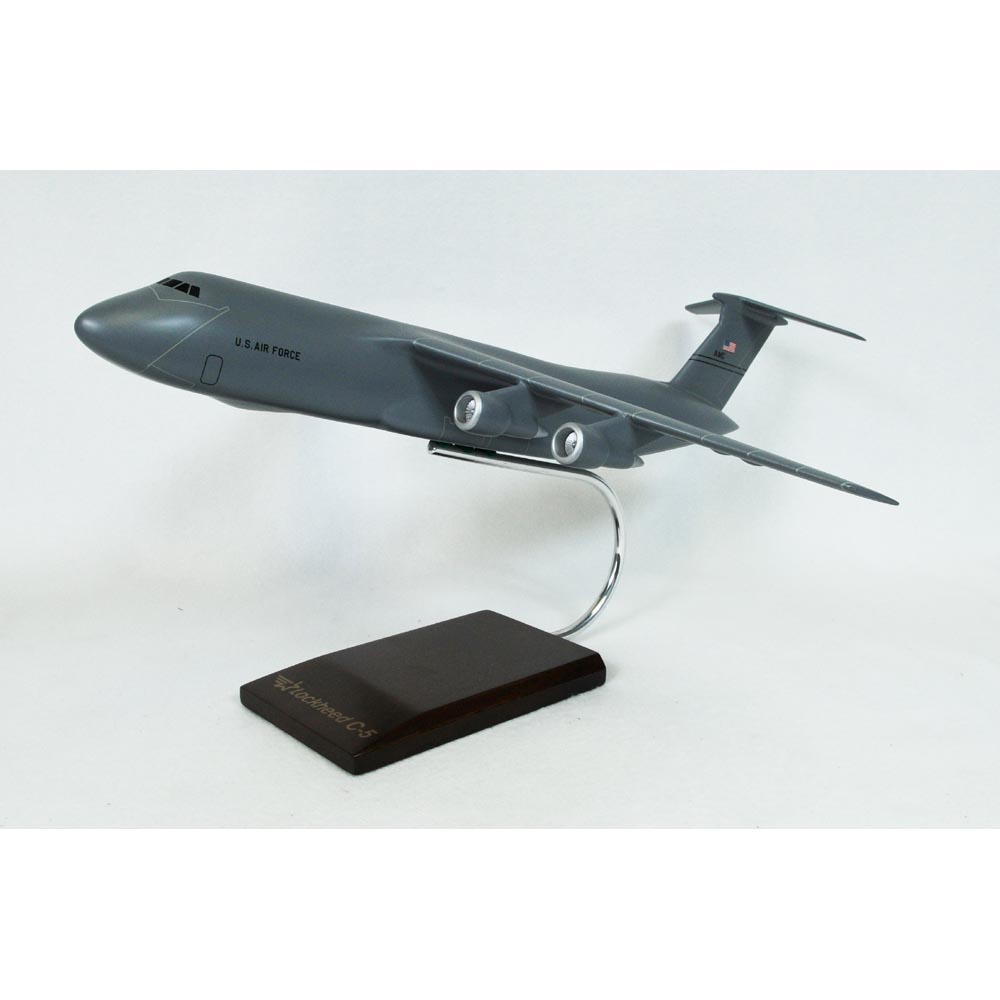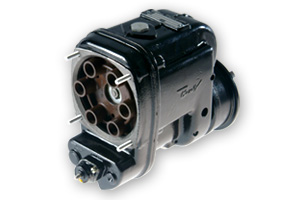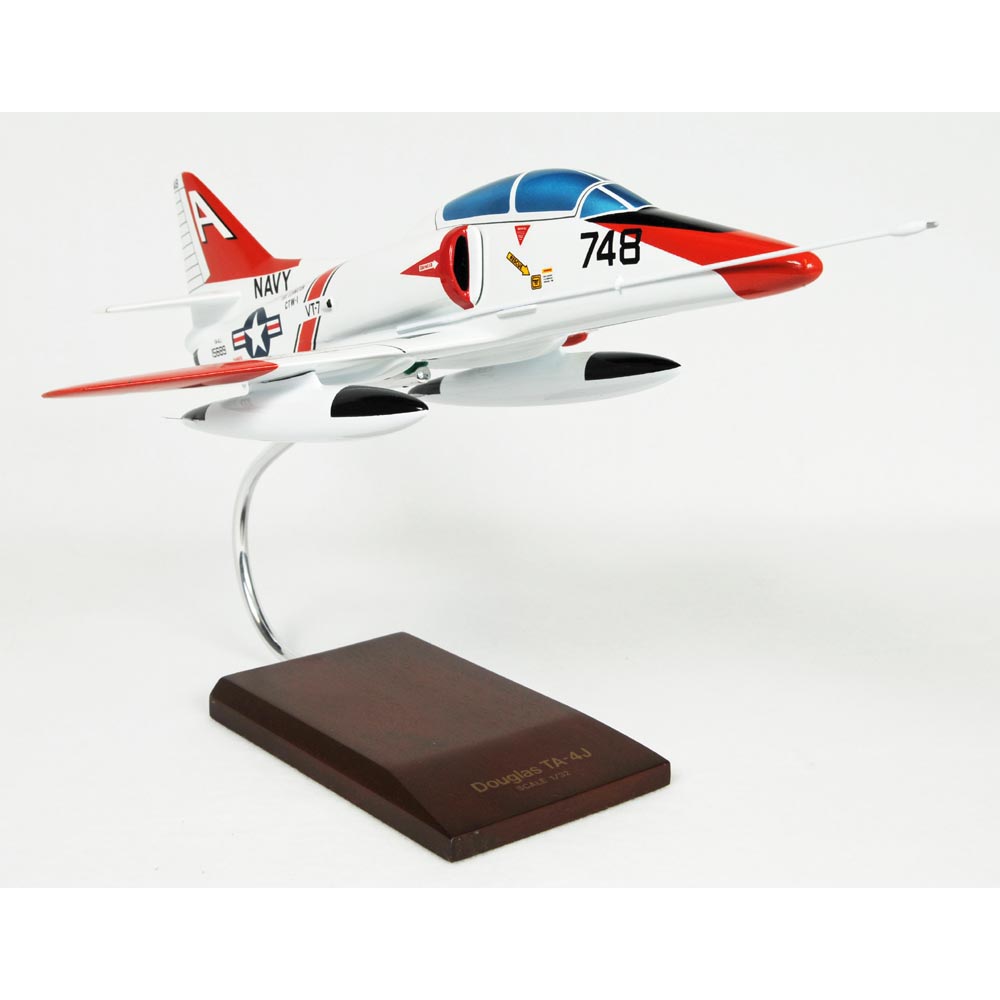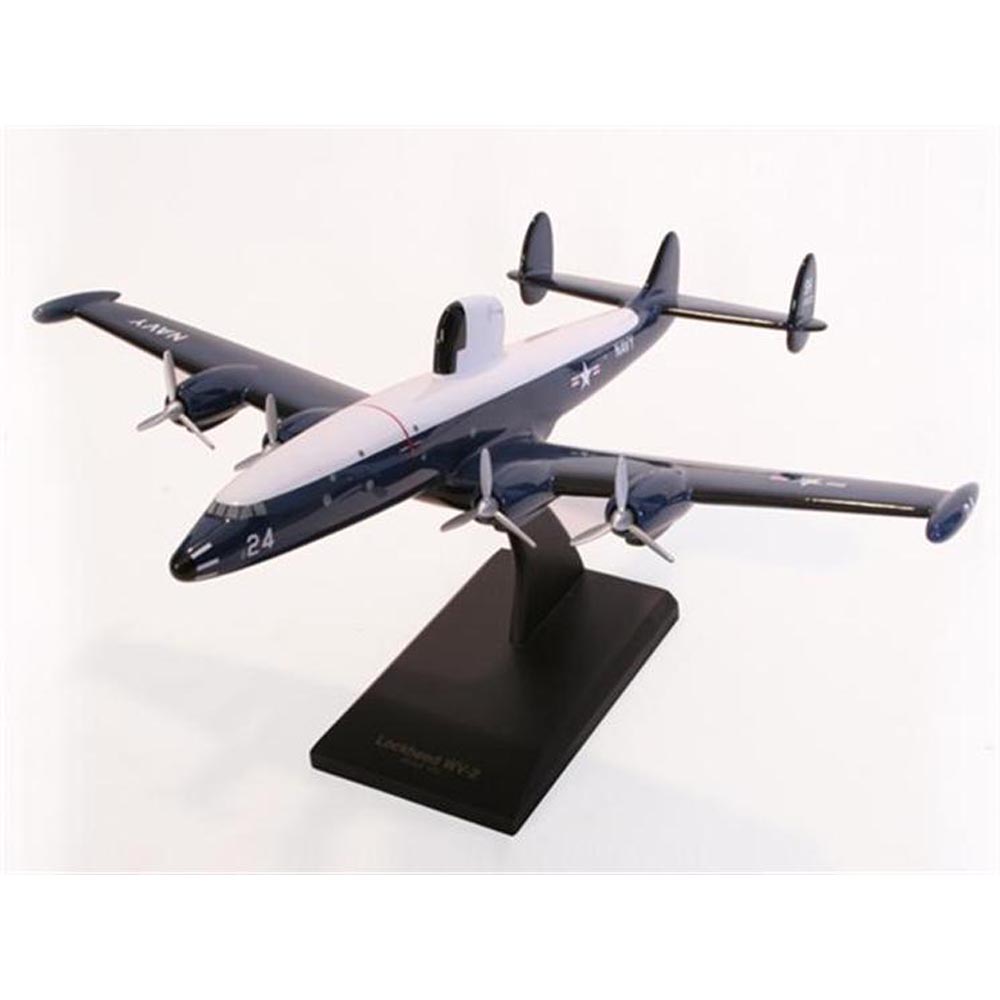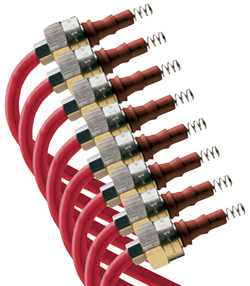C-141b Starlifter (e-1) Model
Артикул: 13-10652
64737 53948 руб.
Наличие: – Есть в наличии у нашего поставщика. Доставка на наш склад в течение 5...6 недель после оплаты Вами заказа.
Overview
| After the inauguration of President John F. Kennedy, his first official act was the ordering of the development of an all-jet transport to extend the reach of US military forces. The new aircraft was to replace slower piston-engined cargo planes such as the Douglas C-124 Globemaster II. The Lockheed C-141 Starlifter was the result of this requirement. It served with the United States Air Force (USAF) as a military strategic airlifter and first flew in 1963. It was the first jet aircraft designed to meet military standards as a troop and cargo carrier. Operated by the Air Mobility Command (AMC) of the USAF, the C-141 can airlift and airdrop equipment, supplies and paratroops, whether at low or high altitudes. A total of 285 planes have been built, 284 for the Air Force and one for NASA. The Starlifter, which was designed to meet both military and civilian airworthiness standards, was the workhorse of the AMC. It fulfilled a vast array of requirements, including airlifting combat forces over long distances, re-supplying employed forces and providing rapid transfer of the sick and wounded from remote areas overseas to hospitals in the United States. The C-141 had an all-weather landing system, pressurized cabin and crew station. Rollers in the aircraft floor allowed quick and easy cargo pallet loading. When palletized cargo was not being carried, the rollers could be turned over to leave a smooth, flat surface for loading vehicles. Later on it was discovered that the Starlifters volume capacity was relatively low in comparison to its lifting capacity, generally running out of physical space long before it reached its weight limit. To correct the deficiencies and utilize the aircraft to the fullest of its capabilities, 270 C-141As were stretched by about one third, adding needed payload volume. The new variant was designated C-141B. Increasing the aircrafts cargo capacity was the equivalent of buying 90 new planes. The C-141B also had in-flight refueling capability, which allowed longer non-stop flights and fewer fuel stops during worldwide airlift missions. |





